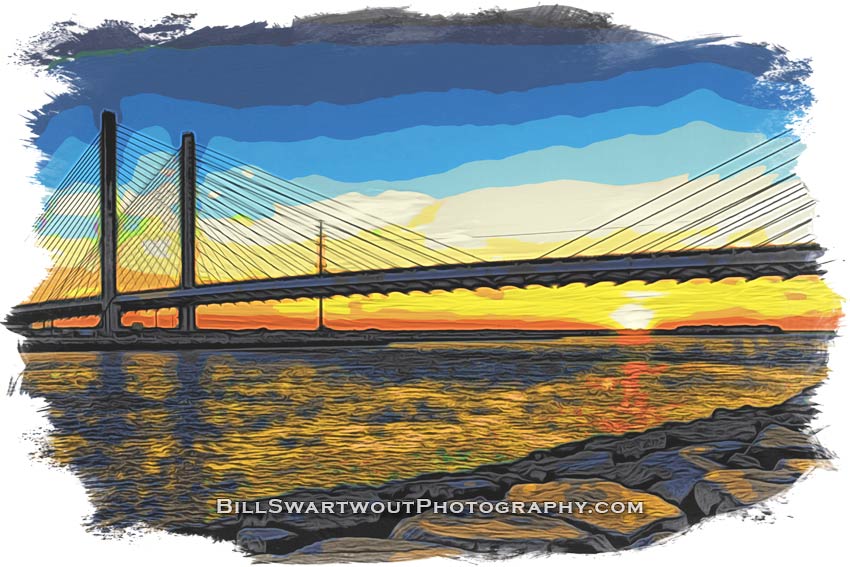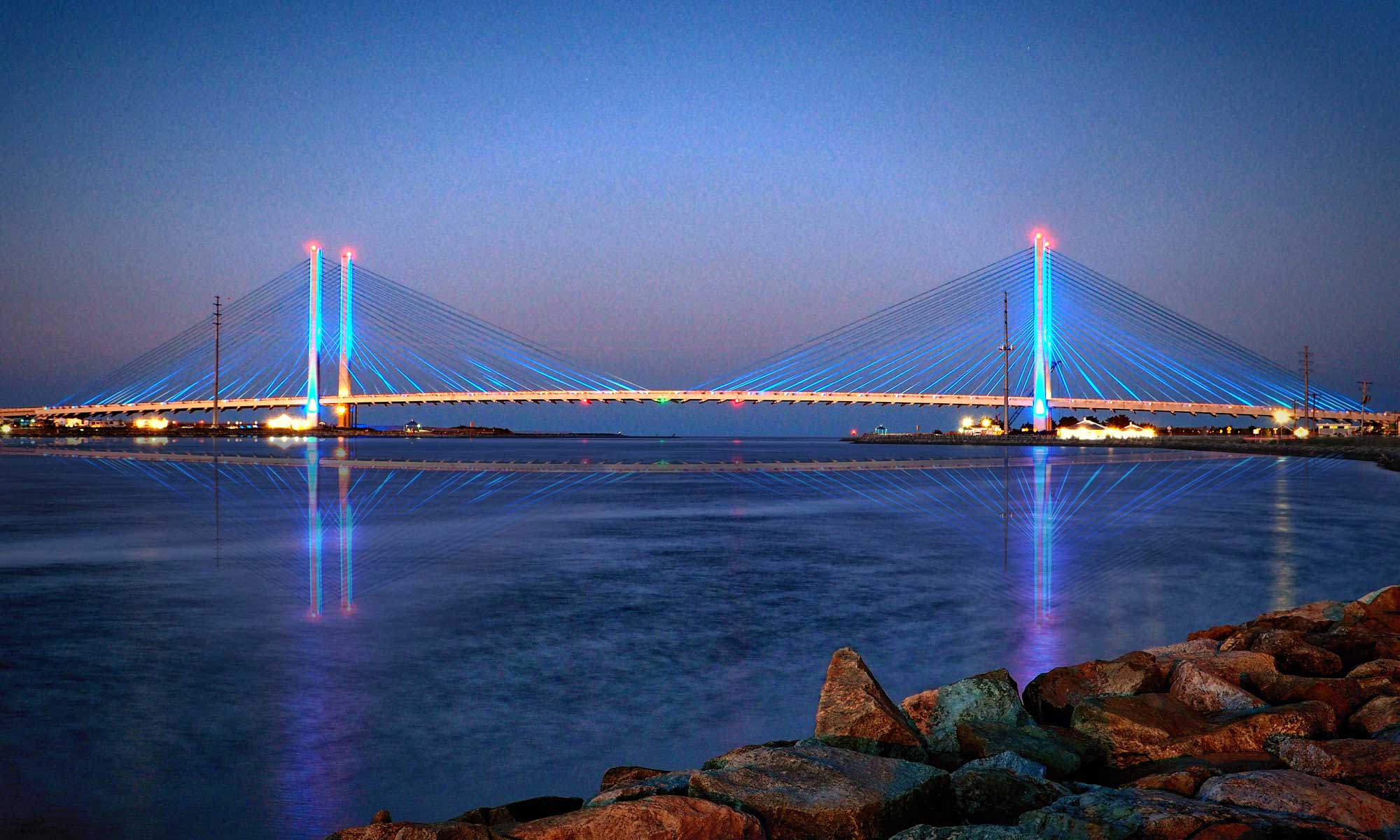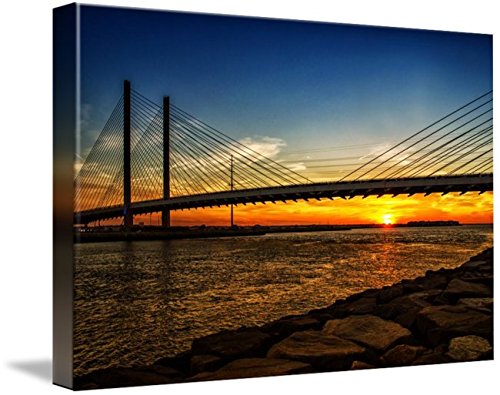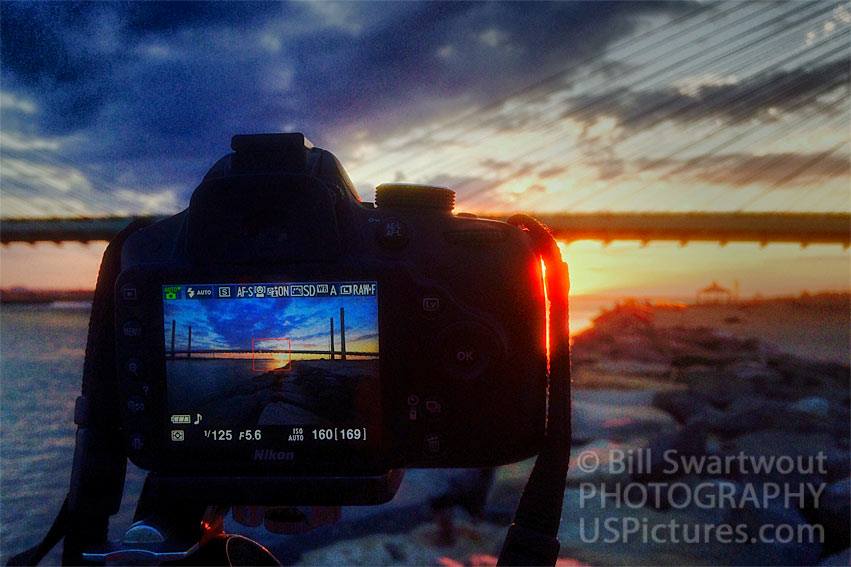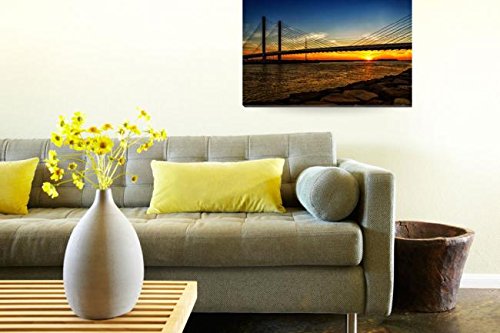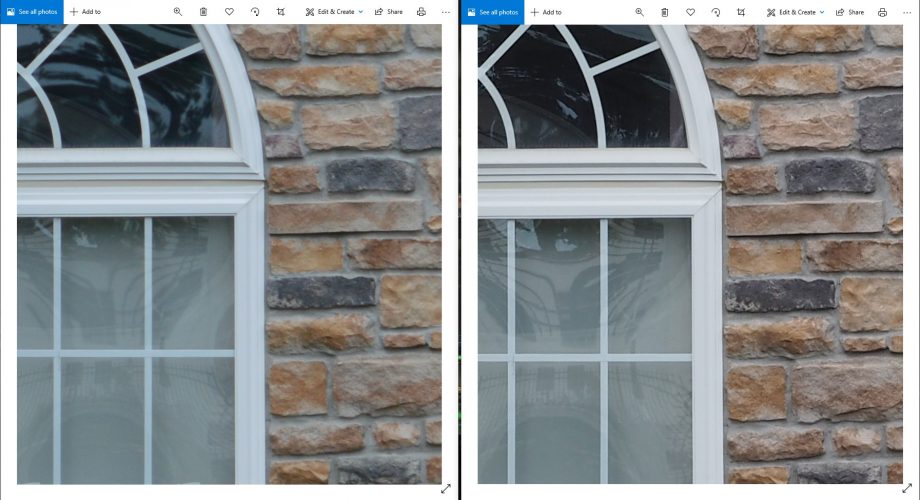Charles W. Cullen Bridge over the Indian River Inlet at Sunset
Once in a while I get asked, “How long did it take for you get that picture?” My usual answer is, “less than a second, but…there’s more.” Yes, “but” – because there is a lot more involved than snapping that shutter at 1/125th of a second or thereabouts.
Imagine planning to create a pleasing sunset photograph of a popular and photogenic bridge – such as the Charles W. Cullen Bridge over the Indian River Inlet at the Delaware Seashore State Park. Here’s a sequence to think about: 1) Packing the camera gear, 2) don’t forget the tripod), 3) driving to the location, 4) setting up the gear and tripod, 5) calling on years of experience to frame the shot from the right angle (or several angles because one is not enough), 6) repacking the gear and trekking back home, and finally 7) editing the image captured from the outing to create just the “right” couple of images for display and to offer for sale. The 1/125th of a second to get “that” picture was actually several hours of time on “that” day and, really, might have been several years in the making. Also, figure in the complexities of the weather – to have the clouds and the sun cooperate in just the right way.
Not only did I have prep and driving and time on site, I also had a slight bit of danger involved. (Cue the ominous music here.) I had to walk out on the rock jetty with no handholds and water-sprayed rocks (slippery?) while carrying my camera bag, a tripod – and me. But the result was well worth it. Shots from this particular photo shoot have proven to be quite popular photograph over the years, having been purchased by several art buyers to decorate their homes and offices. Another photograph from this location has appeared in a popular Indian River Bridge Calendar.
Where would you hang this in your home?
Click the links below to see the actual image in a larger size and to browse or shop the different substrates for wall art and/or a variety of home décor items.
Link: Indian River Inlet, Bay and Bridge Wall Art
Link to: Bill’s Gallery at Fine art America
But, please don’t get me wrong. I am in no way complaining. I love doing my photography – as I have for the last half century. It gets me outdoors and it provides exercise. It is mentally stimulating and fulfilling – to know that, in my own way, I am contributing some art to the world.
There can be more…
Oh, yes, once the image has been rendered as it was envisioned then some creative editing may be applied. Here is a simulated watercolor version of the above photograph. This version is popular for t-shirts and other apparel items.
